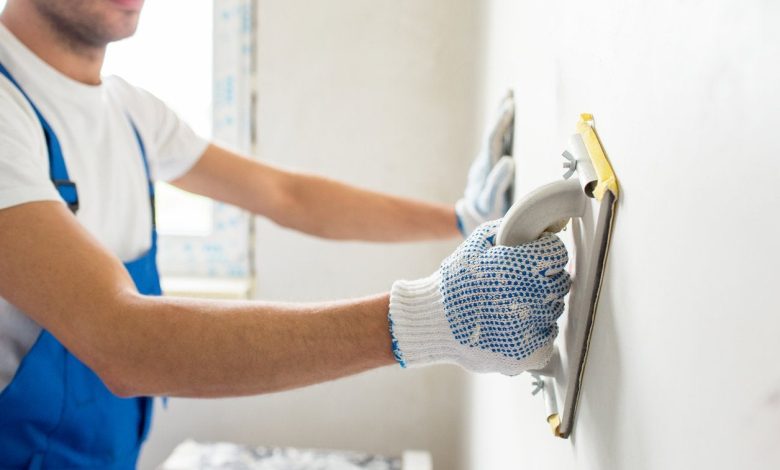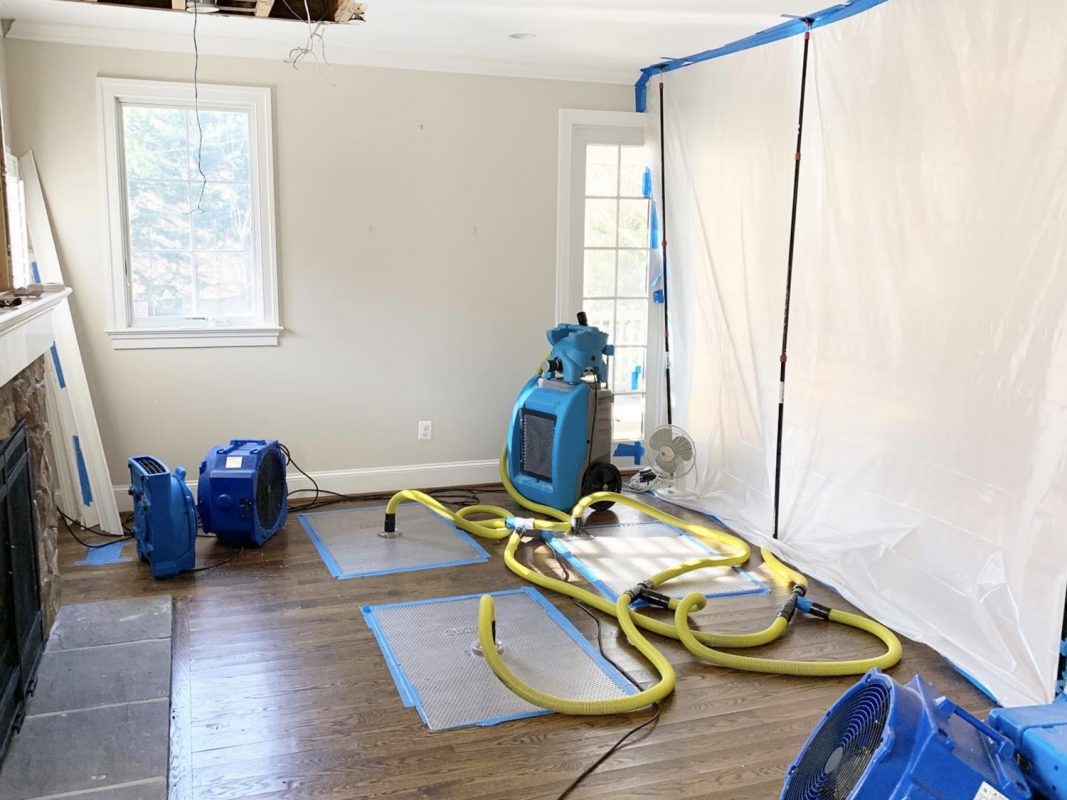How To Clean & Maintain Your Plastering Trowels

Plastering is an essential skill in construction and DIY home improvement. Whether you’re a seasoned professional or a weekend warrior, one tool that you will undoubtedly rely on is the trusty plastering trowel. These versatile tools help you achieve a smooth and even finish on walls and ceilings. However, to ensure they perform at their best, knowing how to clean and maintain them properly is crucial. This guide will walk you through the steps to keep your plastering trowels in top-notch condition.
Why Cleaning and Maintenance Matter
Before diving into cleaning and maintaining your plastering trowels, let’s understand why this is so important. A well-kept trowel can significantly impact the quality of your plasterwork and even save you money in the long run. Here are some key reasons to keep your trowels in good shape:
- Quality Finishes: Clean trowels create smooth and flawless finishes on plastered surfaces, enhancing the overall aesthetic of your project.
- Durability: Regular maintenance helps prevent rust and corrosion, extending the lifespan of your trowels.
- Cost-Efficiency: Properly maintained trowels eliminate the need for frequent replacements, saving you money.
Now, let’s get into the nitty-gritty of how to clean and maintain your plastering trowels.
Cleaning Your Plastering Trowels
- Immediate Clean-Up: After every use, cleaning your trowel is crucial. Remove excess plaster with a putty knife or another trowel to prevent it from hardening.
- Warm Water Soak: Fill a bucket with warm, soapy water. Submerge your trowel in this solution for 10-15 minutes to soften any remaining plaster.
- Scrubbing: Use a wire or plaster brush to gently scrub away any remaining plaster from the trowel’s surface. Be sure to get into the crevices and corners.
- Rinse and Dry: Rinse the trowel thoroughly with clean water to remove all soap residue. Dry it completely using a clean cloth or towel. Ensuring it’s dry prevents rusting.
- Oil Coating: To prevent rust, apply a thin coat of oil to the trowel’s surface. Vegetable oil or motor oil works well for this purpose. Wipe off any excess oil.
Maintaining Your Plastering Trowels
- Inspect for Damage: Before each use, inspect your trowel for any signs of damage. Look for cracks, dents, or loose handles. If you find any issues, address them promptly to prevent further damage.
- Handle Tightening: Check for any looseness if your trowel has a wooden handle. Tighten it using a screwdriver or replace the handle if it’s severely damaged.
- Rust Prevention: Always store your trowels in a dry place to prevent rust. Hanging them on a pegboard or a dedicated tool rack is an excellent way to keep them off damp surfaces. Periodically reapply a thin coat of oil, especially if you live in a humid environment.
- Edge Maintenance: The edges of your trowel are crucial for achieving a smooth finish. Keep them sharp by using a sharpening stone or a fine file. Gently file the edges to remove any nicks or burrs.
- Handle Comfort: If your trowel handle is uncomfortable, consider adding a cushioned grip or tape to make it more ergonomic. Comfortable handles can reduce hand fatigue during extended use.
- Proper Storage: Store your trowels in a toolbox or dedicated tool chest when not in use. It protects them from dust and debris, further extending their lifespan.





